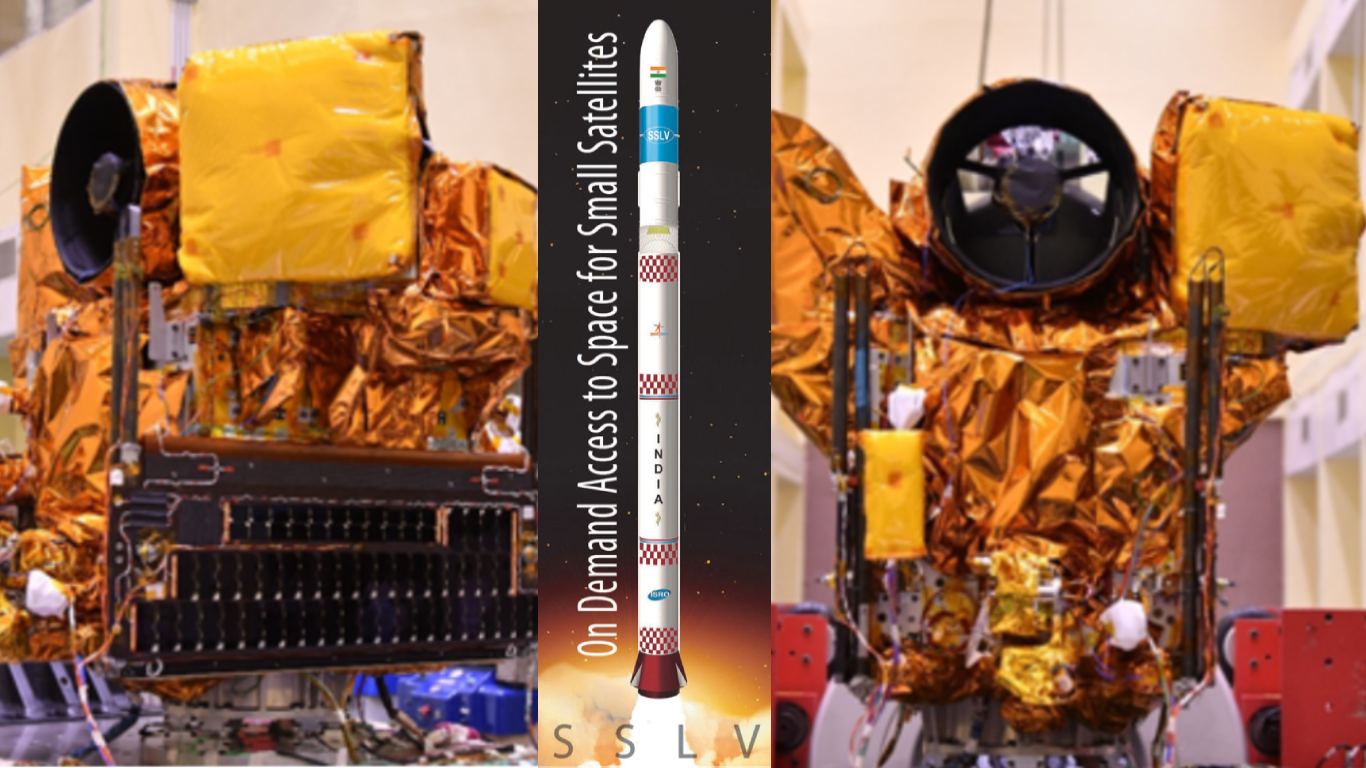ISRO is slated to launch the EOS-08 microsatellite through SSLV D-3 on August 15, 2024, on the occasion of Independence Day at 09:17 IST from Sriharikota. With SSLV D3, India is expected to make a significant impact on the satellite
Aims Of EOS-08:
EOS-08, ISRO's latest Earth Observation Satellite, will be launched by the Small Satellite Launch Vehicle (SSLV)-D3. The mission aims to advance the design and development of microsatellites, integrate payload instruments with the microsatellite bus, and test new essential technologies for future operational satellites.
SSLV stands 34 meters tall with a diameter of 2 meters and a lift-off weight of approximately 120 tonnes. The SSLV is designed to accommodate payloads up to 500 kg for a 500 km planar orbit or 300 kg for a Sun-synchronous orbit (SSO). According to sources, the cost of the project is 160 crores.
What Is Special About Of ISRO SSLV?
Demand For Small Satellite Launches:
Firstly, the overflow in demand for small satellite launches is driven by the increasing need for space-based data, communication, surveillance, and commercial applications.
PSLV Vs. SSLV:
The SSLV directly addresses small satellite demanding needs by offering a launch vehicle specifically for small satellites, thereby reducing support on larger rockets like the PSLV (Polar Satellite Launch Vehicle).
Unlike the PSLV, which requires about 70 days for integration, the SSLV can be assembled in just 72 hours with a team of only six people.
With its low development and manufacturing costs, the SSLV offers a more affordable option for satellite launches.
Cost Efficient:
SSLV's cost-efficiency is a major advantage and with lower development and manufacturing costs, the SSLV provides a more affordable alternative for satellite launches.
This affordability is particularly also beneficial for emerging space companies, startups, universities, and developing nations, making space access more accessible and democratized.
SSLV Infrastructure:
Moreover, the SSLV's quick turnaround time and minimal infrastructure requirements enable more frequent launches. This capability allows satellite operators to deploy their payloads more swiftly, which is important for time-sensitive missions and commercial experiences.
The SSLV's ability to support multiple satellite launches in a single mission further strengthens its appeal to commercial operators, making it a game-changer in the satellite launch industry.
